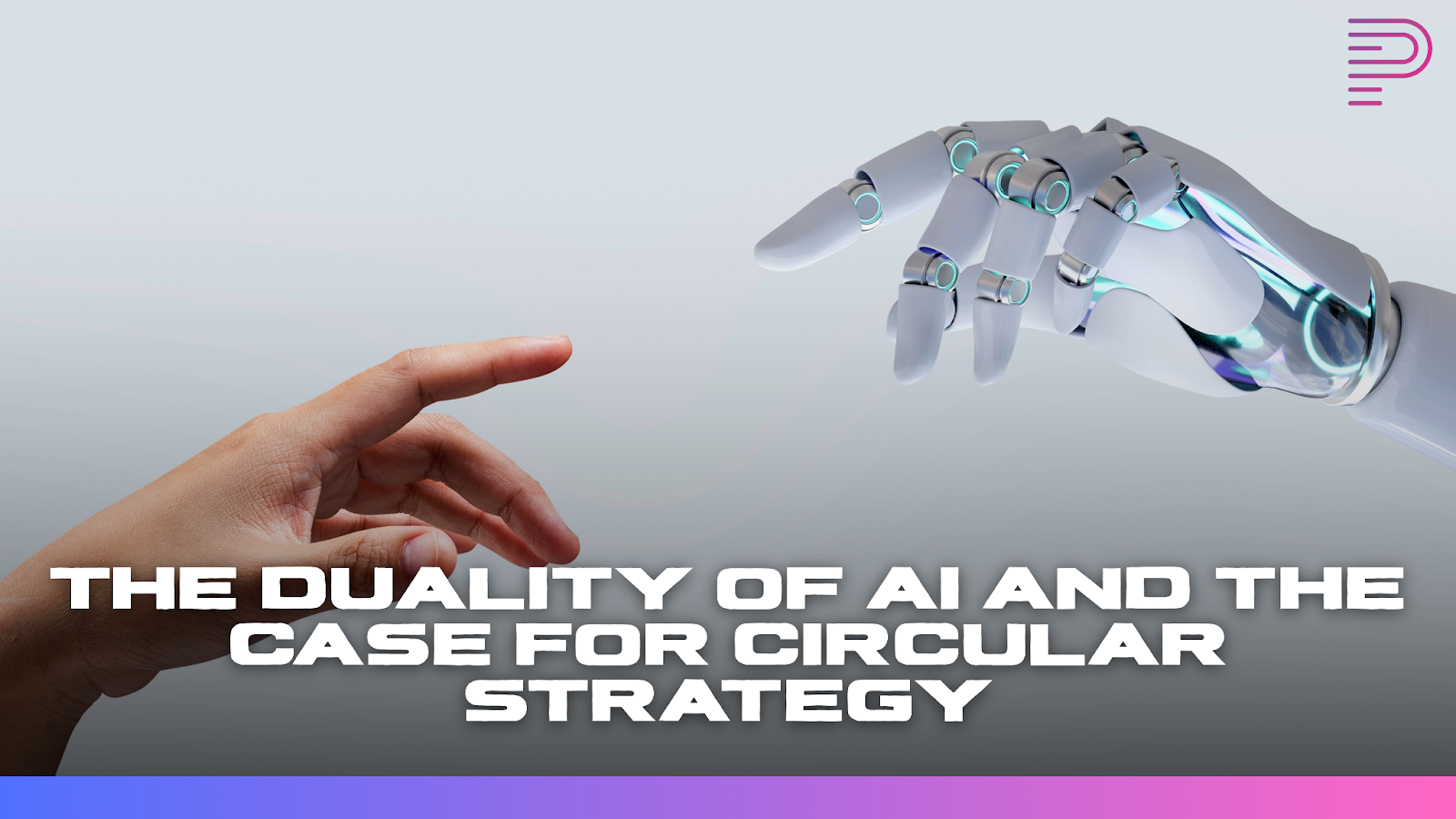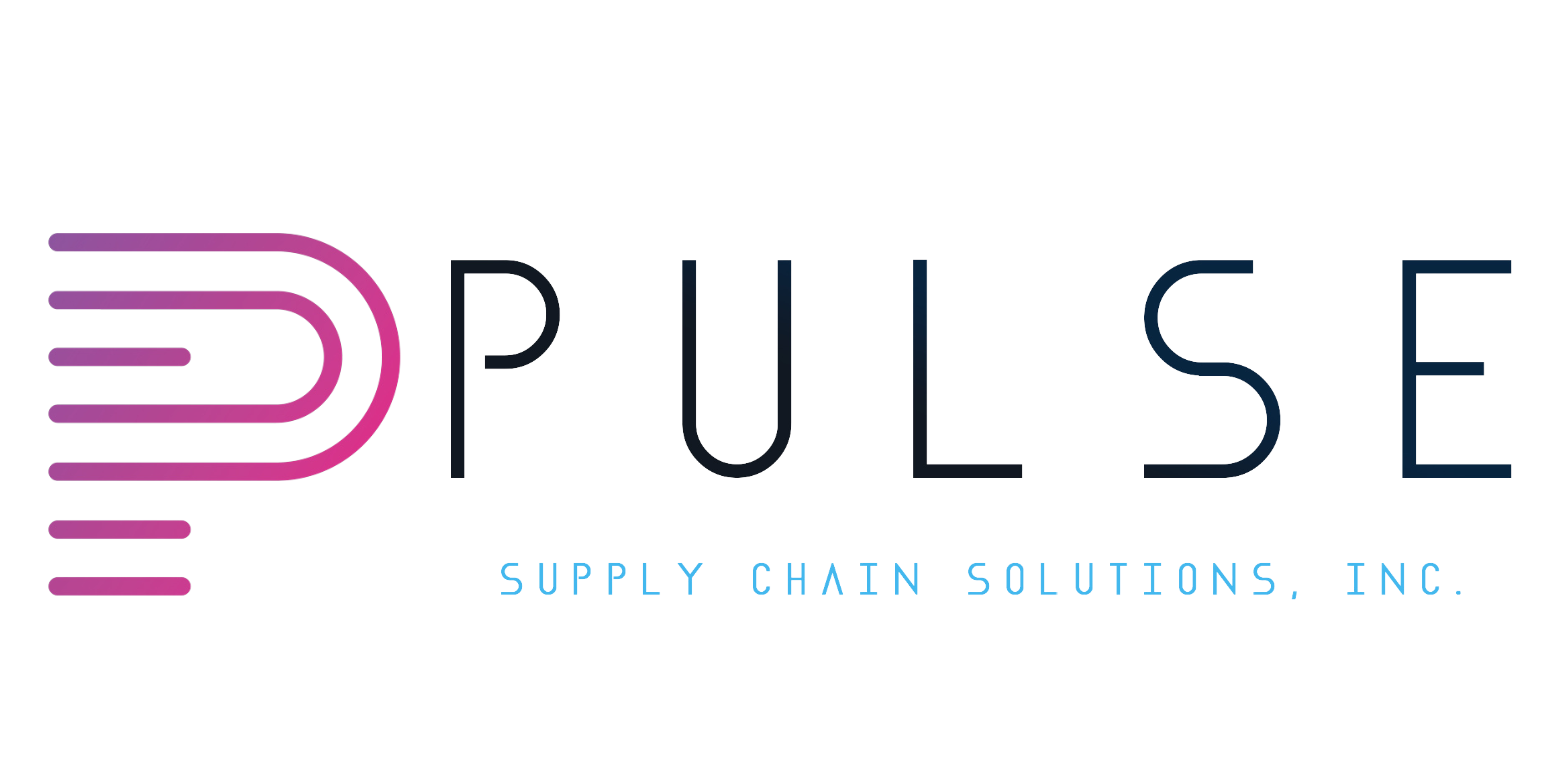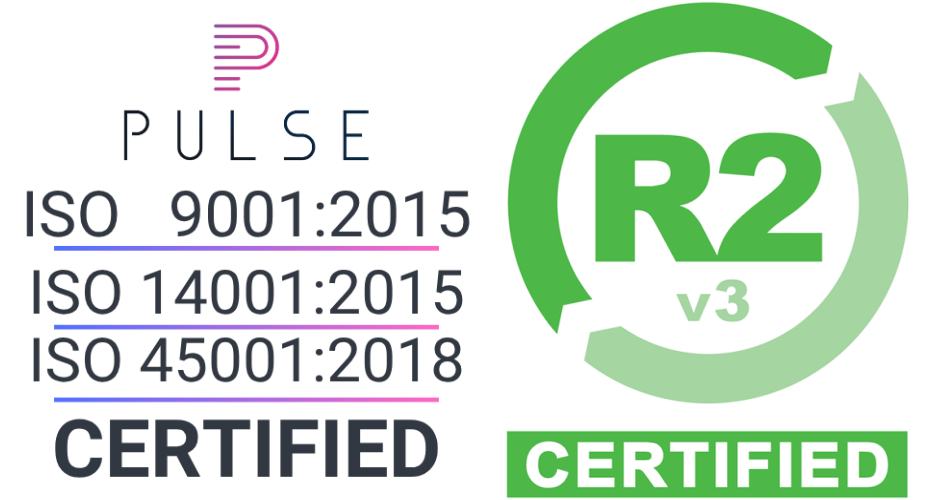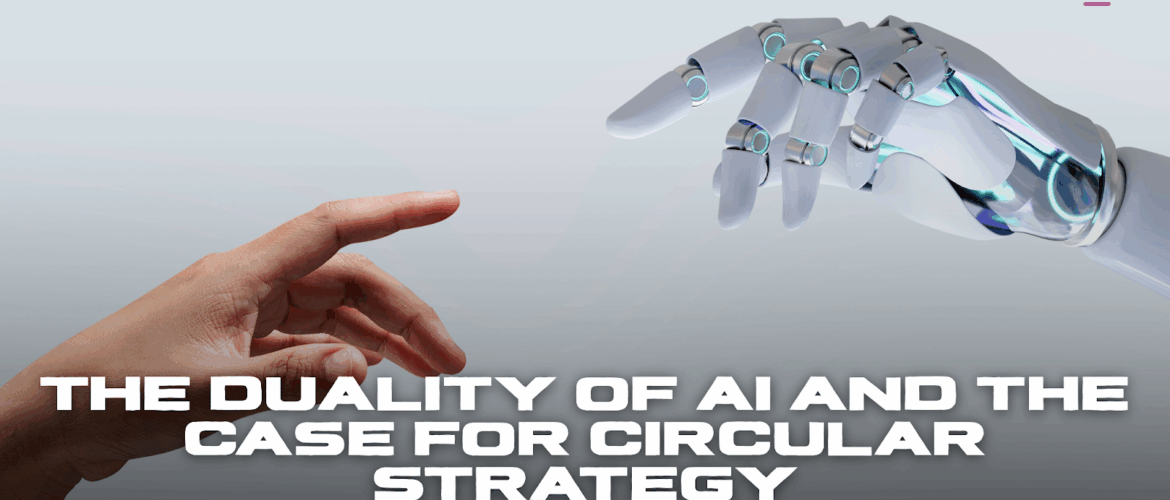irc
The Duality of AI and the Case for Circular Strategy
Artificial Intelligence may be the most powerful tool humanity has ever created, but like any powerful tool, it cuts both ways. On one hand, AI is driving innovation at unimaginable speeds. It’s helping us decode proteins, write code, optimize supply chains, and respond to global crises faster than ever before. On the other hand, that same innovation is quietly producing an undercurrent of risk, one measured not in data breaches or algorithms gone rogue, but in physical waste, environmental cost, and ethical oversight gaps. Addressing these challenges requires a clear focus on AI sustainability, a practical AI e-waste strategy, and an ethical AI lifecycle that supports both innovation and stewardship.
Because for all the talk about data, models, and compute power, there’s one thing rarely discussed in the AI narrative: hardware mortality. And that’s where the AI dream risks becoming an environmental nightmare, unless we start designing not just for performance, but for circularity.
The Hidden Byproduct of Intelligence
Behind every AI breakthrough is a trail of spent silicon, scorched GPUs, and obsolete servers. Every time a new model pushes the limits of compute, it shortens the life expectancy of the infrastructure that came before it. We celebrate ChatGPT’s speed or Midjourney’s creativity, but rarely ask what happens to the thousands of processors retired to make room for them. Without a structured AI e-waste strategy, that trail grows into a mountain of discarded technology, undermining AI sustainability and creating barriers to an ethical AI lifecycle.
According to McKinsey, AI-driven workloads are expected to increase global data center demand by over 50% by 2030, much of it powered by specialized, high-performance hardware. Meanwhile, the Global E-Waste Monitor reports we already discard more than 62 million metric tons of electronics every year. AI doesn’t just use energy it generates waste. And the faster we innovate, the more critical it becomes to embrace circular economy AI principles.
This isn’t a theoretical problem. It’s happening now. AI infrastructure refresh cycles are measured in months, not years. Entire racks of GPUs, designed to last five years, are being retired after 18. Some are resold, some recycled. But many more are stockpiled, too valuable to trash, too outdated to use. Without a plan, they gather dust and lose value, or worse, get discarded irresponsibly by teams who don’t understand the risks.
The Temptation to Ignore the Trail
There’s a dangerous seduction to AI’s forward momentum. The models are smarter. The platforms are sleeker. The capabilities are borderline magical. And in that light, logistics like recycling, tracking, and circular lifecycle planning feel like… paperwork. Not problems.
But this is where brilliance becomes blindness. We’ve been here before. The early days of smartphones, tablets, and laptops were all about innovation too, until the environmental cost became impossible to ignore. We now know that without proper asset disposition, devices end up in landfills, shipped offshore, or leaked with sensitive data still intact.
AI hardware isn’t immune to that pattern. In fact, it’s at greater risk because it’s newer, more expensive, and less regulated. Yet few AI teams especially in fast-growing startups or hyperscalers have built circular planning into their infrastructure roadmaps. Their focus is on launch speed and model performance. ITAD is often an afterthought, if it’s thought of at all.
A Better Path Forward: Intelligence Meets Responsibility
The answer isn’t to slow innovation, but rather to ground it in AI sustainability. Just as we ask AI to align with ethical guidelines (bias mitigation, transparency, explainability) we must also ask it to align with environmental logic. It means integrating circular economy AI into every refresh cycle, treating reuse and recycling as design principles. It’s the foundation for sustainable scale.
And that’s where ITAD for AI steps in, not as a cleanup crew, but as a strategic partner.
A modern ITAD strategy is more than recycling. It’s about maximizing reuse, verifying secure data wiping, enabling smart resale, and tracking every asset through a closed loop. For AI infrastructure, this means creating end-of-life plans before deployment. It means selecting vendors that can handle high-performance components responsibly. It means measuring not just performance per watt, but sustainability per refresh cycle. This process supports a truly ethical AI lifecycle that minimizes risk and maximizes value.
Companies like Pulse Supply Chain Solutions are at the forefront of this shift, partnering with data centers, enterprises, and cloud providers to build circular strategies tailored for AI hardware. They are the leaders in demonstrating how ITAD for AI works in practice. Through serialized tracking, certified wiping, component harvesting, and market-aligned resale, Pulse helps organizations turn AI’s hardware churn into a value-generating, risk-mitigated, and environmentally sound process. Each refurbished server or repurposed GPU represents a step toward AI sustainability and a stronger circular economy AI model.
Circularity is not only about doing less harm, it is also about unlocking more value. Every GPU repurposed, every server refurbished, every switch securely resold represents capital reclaimed, emissions avoided, and landfill space preserved. A forward-looking AI e-waste strategy enables enterprises to see disposal not as loss, but as a part of the growth cycle. This is how innovation should scale: not as a straight line toward more power, but as a circle that loops resources back into use.
It’s Not a Binary Choice, It’s Balance
We often frame technology in extremes. AI will either save us or destroy us. It will solve climate change or make it worse. But the truth (like most truths) is messier. AI is both incredible and incomplete. It has the power to accelerate sustainability, and the potential to erode it. The outcome depends not just on what we build, but how we manage what we discard.
The future of AI is not only about smarter algorithms. It’s about smarter systems. And those systems must include the invisible parts of the story, the parts after the demo, after the benchmark, after the model hits production.
The parts where responsible partners step in.
So as we race forward, let’s ensure the future of AI is measured not only in breakthroughs but also in the durability of its footprint. By embedding AI sustainability, strengthening every AI e-waste strategy, and committing to an ethical AI lifecycle, we can create a future where brilliance and responsibility coexist.
Brilliance unchecked becomes blindness. And progress without strategy is just waste. With circular economy AI and ITAD for AI, we have the tools to turn the AI revolution into a sustainable one.


